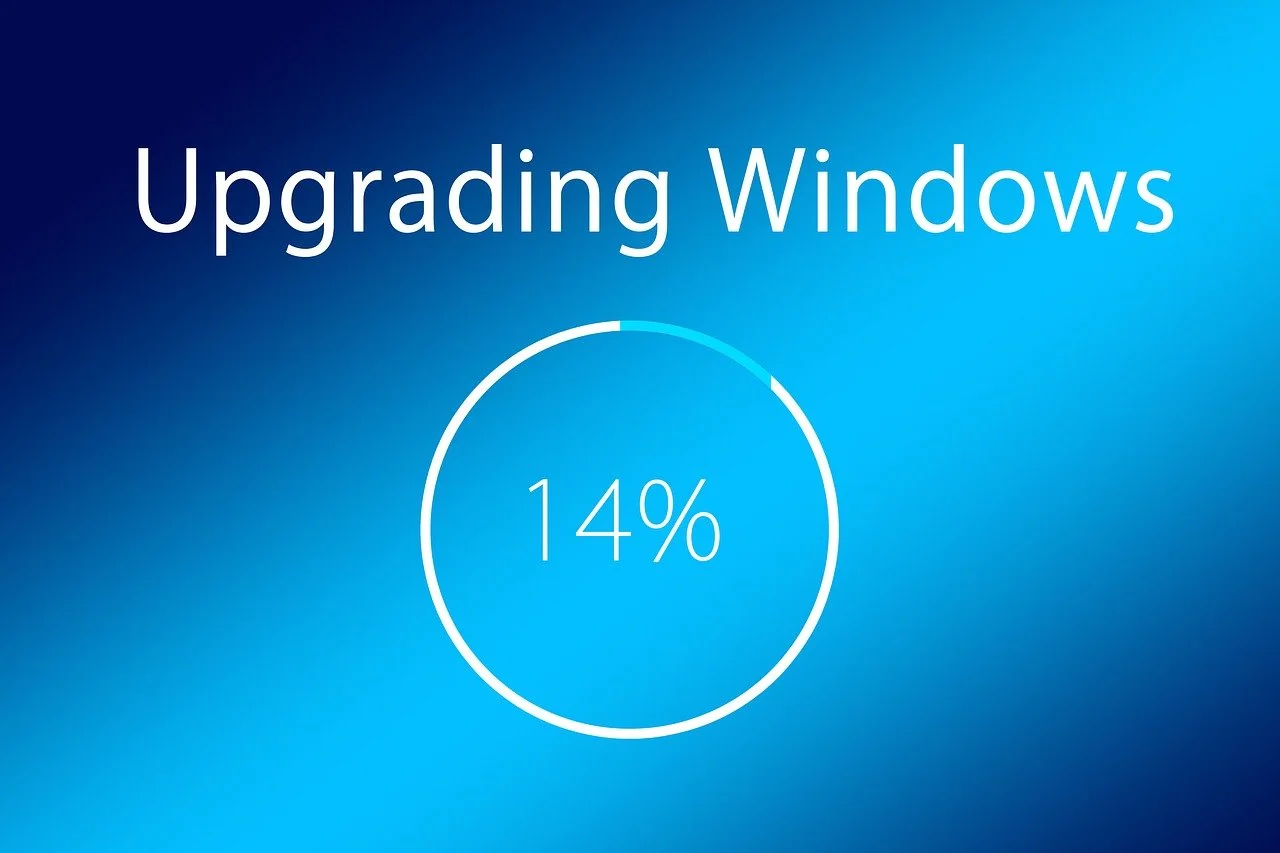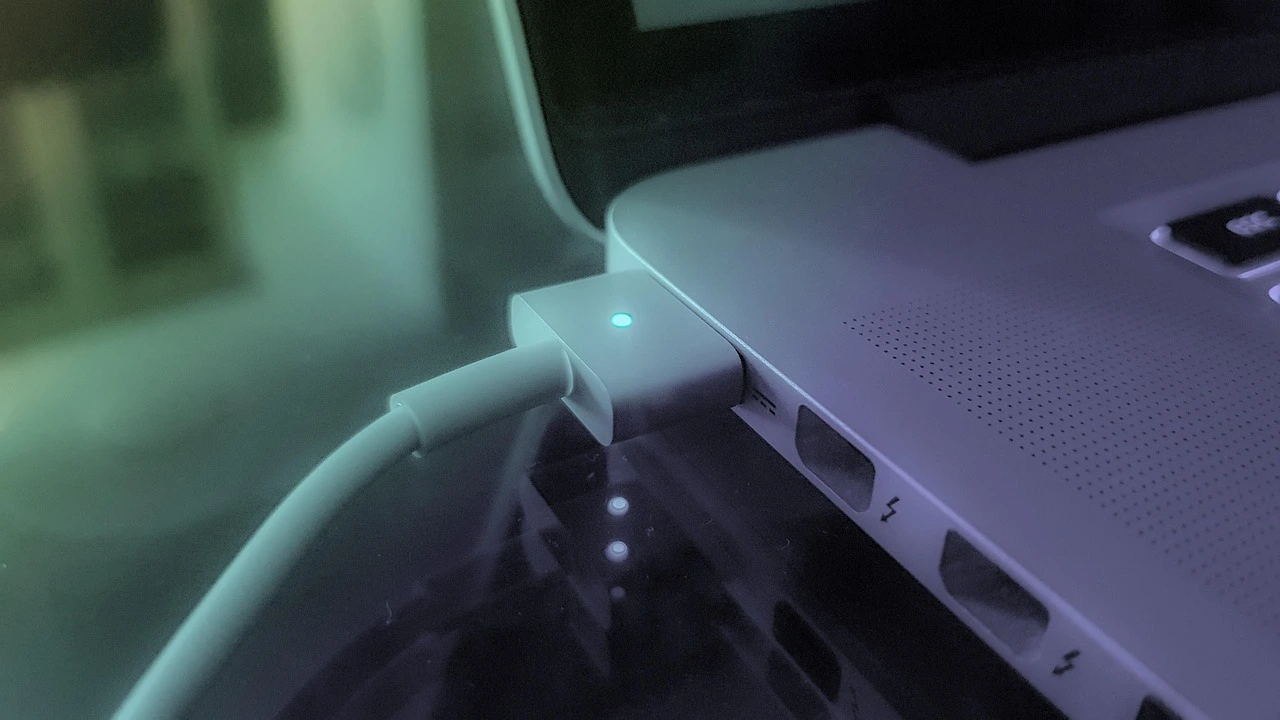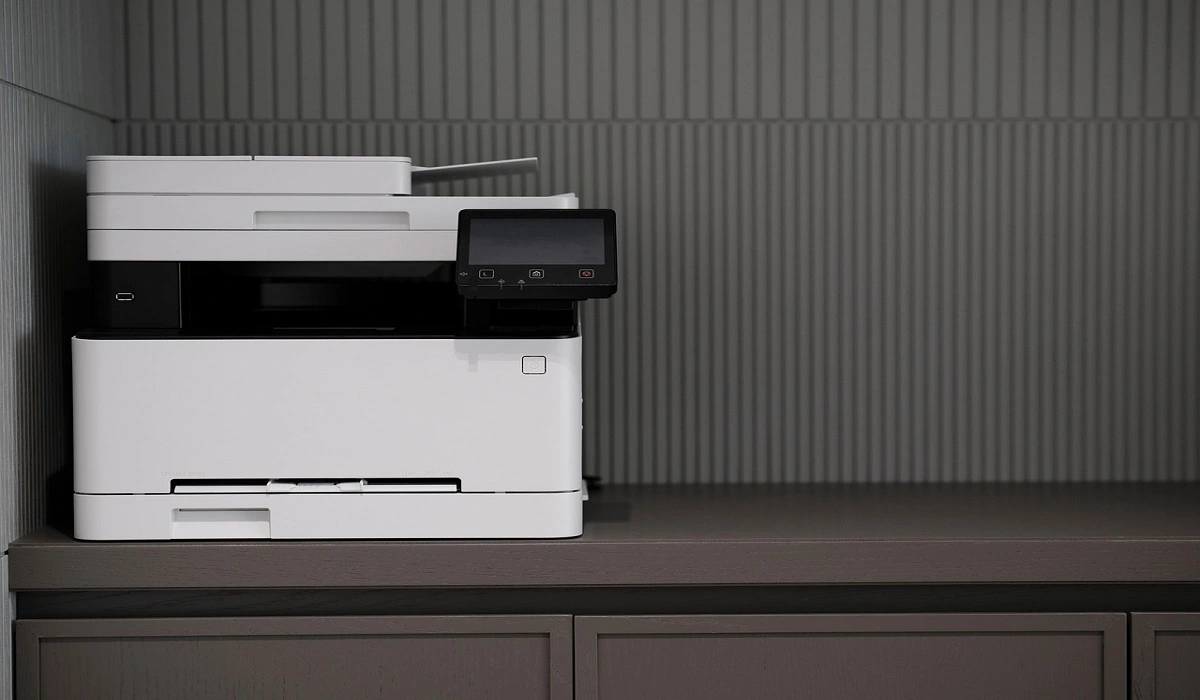How To Fix Low Disk Space Error Due To A Full Temp Folder
A low disk space error due to a full temp folder is a common problem. Many users face this issue daily. Your computer stores temporary files in special folders. These files ensure optimal program performance, but they can accumulate as time goes on.
When temp folders get full, your system slows down. You might see error messages. Your computer may freeze or crash. This happens because Windows needs free space to work properly. The low disk space error due to a full temp folder stops normal operations.
Don’t worry – this problem has simple fixes. You can clean temp folders safely. This article shows you how to solve the low disk space error due to a full temp folder. We’ll cover easy methods that work for everyone. You’ll learn to prevent this issue too.
Part 1: Meaning of “Low Disk Space Due to a Full Temp Folder Error?”
A low disk space error caused by a full temp folder means temporary files are occupying more space than they should. These folders hold files that programs generate while operating, and ideally, they delete themselves when no longer needed — but that doesn’t always happen.
Your computer contains multiple temporary folders, with the primary ones located in the user and Windows directories. Programs use these folders for storing files they need to access quickly. For example, web browsers place downloads there initially, and office applications save backup copies within them.
When these folders get full, Windows can’t create new temp files. This causes the low disk space error due to a full temp folder. Your system needs temporary space to install updates. It needs space to run programs. Without enough room, everything slows down or stops working.
Part 2: What Causes the Low Disk Space Due to a Full Temp Folder Error?
Several things can cause the low disk space error due to a full temp folder. Understanding these causes helps prevent future problems.
- Program crashes leave temp files behind – When software crashes, it can’t clean up its temporary files properly
- Browser downloads pile up – Web browsers often save files to temp folders before moving them to final locations
- Windows updates create backup files – System updates generate many temporary files that may not get deleted
- Office programs create auto-save files – Word, Excel, and other office tools save backup copies in temp folders
- System restore points take up space – Windows creates restore data that gets stored in temporary locations
- Incomplete installations leave files – Failed software installs often leave temporary files behind
- User account issues prevent cleanup – Permission problems can stop automatic temp file deletion
Part 3: Quick Fixes: Low Disk Space Due to a Full Temp Folder Error
Here are eight proven methods to fix the low disk space error due to a full temp folder. Each method targets different aspects of the problem.
Start with the safest options first. These won’t harm your system. Move to advanced methods only if needed. Always restart your computer after major cleanups.
Fix 1: Use the Disk Cleanup Tool
Windows has a built-in tool to fix the low disk space error due to a full temp folder. Disk Cleanup finds and removes unnecessary files safely. It’s the easiest method for beginners.
Why use Disk Cleanup?
- Safe and built into Windows
- Removes multiple types of temp files at once
- Easy to use with a simple interface
Steps:
- Open Windows Search. Type “Disk Cleanup”.

- Select your main drive (usually C:) and click “Clean up system files”.
Fix 2: Manually Delete Temp Files
You can manually delete temp files to solve the low disk space error due to a full temp folder. This gives you full control over what gets removed. It’s faster than automated tools sometimes.
Manually deleting files allows you to pinpoint what’s consuming disk space. It enables you to focus on particular programs or file types, and can be especially useful when automated tools don’t get the job done.
Why use manual deletion:
- Complete control over file removal
- Can target specific problem areas
- Works when automated tools fail
Steps:
- Press Windows + R. Type “%temp%” and press Enter.

- Select all files (Ctrl+A) and delete them (some may be locked, and that’s okay)
Fix 3: Run Storage Sense
Storage Sense automatically cleans temp files to prevent the low disk space error due to a full temp folder. It runs in the background without your input. This keeps your system clean all the time.
This feature removes old downloads and recycle bin files. It also cleans up Windows Update files.
Why use Storage Sense?
- Automatic cleaning prevents problems
- Runs in the background without interruption
- Customizable cleanup schedule
Steps:
- Go to Settings > System > Storage.

- Turn on Storage Sense and configure cleanup options
Fix 4: Clear Browser Cache
Web browsers cause many cases of low disk space error due to a full temp folder. They store website data in temp folders. This data can grow very large over time.
Why clear browser cache:
- Browsers store lots of temp data
- Quick way to free up space
- Improves browser performance too
Steps:
- Open your browser settings and find Privacy or History section.

- Choose “Clear Data” and select temporary files and cache
Fix 5: Delete Windows Update Files
Windows Update creates many temp files that cause a low disk space error due to a full temp folder. These files help install updates, but stay after installation. They’re safe to remove after updates complete.
Old update files can take up several gigabytes. Windows keeps them for troubleshooting. But you can delete them if space is tight.
Why delete update files:
- Can free up several GB of space
- Safe to remove after updates install
- Prevents future disk space issues
Steps:
- Open Disk Cleanup and click “Clean up system files”.

- Check “Windows Update Cleanup” and “Previous Windows installations.”
Fix 6: Use Command Prompt Cleanup
Command Prompt offers powerful cleanup options for low disk space error due to a full temp folder. It can access areas that regular tools can’t reach. This method removes stubborn temp files.
Command line tools work faster than graphical interfaces. They can force-delete locked files. This method helps with persistent temp file problems.
Why use Command Prompt:
- Access to advanced cleanup options
- Can remove stubborn locked files
- Faster than graphical tools
Steps:
- Open Command Prompt as Administrator.

- Type “del /s /f /q %temp%*.*” and press Enter
Fix 7: Check for Large Files
Sometimes large files hide in temp folders causing low disk space error due to a full temp folder. These might be incomplete downloads or crash dumps. Finding them manually helps target the real problem.
Large files often get overlooked by standard cleanup tools. They might be locked by running programs. Manual checking finds these space hogs.
Why check for large files:
- Finds space hogs that tools miss
- Targets the biggest problems first
- Helps identify problematic programs
Steps:
- Use File Explorer to navigate to C:\Users[YourName]\AppData\Local\Temp.

- Sort files by size and delete the largest ones safely
Fix 8: Restart and Clean Again
Restarting your computer helps solve the low disk space error due to a full temp folder by unlocking files. Many temp files get locked by running programs. A restart closes these programs and frees the files.
After a restart, run cleanup tools again. They’ll find files that were locked before. This combination approach works better than single attempts.
Why restart and clean again?
- Unlocks files that were in use
- Allows deeper cleanup after restart
- Combines multiple approaches for better results
Steps:
- Restart your computer completely.

- Run Disk Cleanup or manual deletion again after a restart.
Author’s TIP
As a tech support specialist, we’ve seen the low disk space error due to a full temp folder countless times. Most users panic when they see this error, but it’s actually one of the easiest problems to fix. The key is understanding that temp files are meant to be temporary – they’re safe to delete once programs finish using them. I always tell my clients to start with the gentlest methods first, then work up to more aggressive cleaning if needed.
Here’s our proven approach that works 95% of the time: begin with Windows built-in tools, then move to manual deletion, and finish with prevention setup. Never skip the restart step – it’s crucial for unlocking files that were in use. We’ve helped thousands of users solve the low disk space error due to a full temp folder using these exact methods.
The most important thing is regular maintenance – clean your temp folders weekly to prevent this problem from coming back.
Part 4: Additional Tips to Avoid the Low Disk Space Due to a Full Temp Folder Error
Prevention is better than fixing the low disk space error due to a full temp folder after it happens. These tips help keep your temp folders clean automatically.
Set up automatic cleanup schedules – Configure Storage Sense to run weekly cleanups
Move temp folders to another drive – Change temp folder location if you have multiple drives
Regular system maintenance – Clean temp files monthly as part of routine maintenance
Monitor disk space regularly – Check available space weekly to catch problems early
Close programs properly – Always exit programs normally to let them clean up temp files
Update software regularly – New versions often have better temp file management
Use cloud storage for downloads – Store downloads in the cloud instead of local temp folders
Install an SSD if possible – Solid state drives handle temp files better than traditional drives
Conclusion
The low disk space error due to a full temp folder is fixable with the right approach. Start with built-in Windows tools like Disk Cleanup. Try manual deletion if automated tools don’t work. Regular maintenance prevents this problem from happening again.
Remember that temp files serve important purposes while programs run. Don’t delete them while programs are active. Always restart your computer after major cleanups. This ensures all changes take effect properly.
Most users can solve the low disk space error due to a full temp folder using these methods. Prevention through regular cleaning works better than emergency fixes. Set up automatic cleanup to avoid future problems. Your computer will run faster and more reliably with clean temp folders.
FAQs
Q: Is it safe to delete all temp files to fix the low disk space error due to a full temp folder?
Yes, it’s generally safe to delete temp files, but close all programs first. Some files might be locked by running applications. Windows will protect critical system files automatically. If you can’t delete a file, it’s probably in use and you should leave it alone.
Q: How often should I clean temp files to prevent a low disk space error due to a full temp folder?
Clean temp files weekly for normal use or daily for heavy computer use. Set up Storage Sense to do this automatically. Monthly deep cleaning with Disk Cleanup helps catch files that automated tools miss. Regular cleaning prevents the problem from getting severe.
Q: Can a low disk space error due to a full temp folder damage my computer?
No, the error itself won’t damage hardware, but it can cause system instability. Your computer might freeze or crash when temp folders are full. Programs may not work properly. The main risk is data loss if programs can’t save properly due to a lack of space.
Popular Post
Recent Post
How To Re-Pair Bluetooth Earbuds For Stereo Sound on Windows
Wireless earbuds are often paired with computers for rich stereo sound, but things don’t always go smoothly. Sometimes, the system defaults to mono audio or fails to activate the correct playback mode. This can disrupt music, calls, or gaming, making the sound feel flat and lifeless. These glitches usually stem from improper setup. Windows might […]
How To Manage Camera Permissions for App On Windows: Complete Guide [2026]
Many users run into issues when trying to join video calls or online meetings—their camera simply won’t turn on. This can happen for a few reasons: Windows might be blocking access, or the app may not have the correct permissions. These hiccups often lead to confusion and frustration. Fortunately, Windows provides straightforward tools to help […]
Help With Color Management In Windows: Complete Guide [2026]
Color often decides how we experience a picture, a video, a website, or even a simple chart. Many users feel confused when colors look different on each screen. A monitor may show a softer shade while a laptop shows a sharper one. This creates doubt and slows down work. It can also lead to mistakes […]
How To Install Pending Windows Updates Easily On Windows 11
Windows updates keep your computer healthy. They fix problems and improve security. Many people ignore updates because they worry about errors or slow performance. In most cases, the process is simple. You only need to follow a clear routine and give your computer enough time to finish the job. A regular update habit saves you […]
How to Set Up a Secure VPN Connection on Windows In 2026
A VPN helps protect your privacy each time you go online. It hides your real location. It protects your data from unsafe networks. It also keeps your browsing away from unwanted eyes. Many people use it to keep their work safe. Others use it to guard their regular internet use. Windows offers good support for […]
How To Extend Your Battery Life Effectively in Windows
A laptop is useful only when the battery lasts long enough to support your work. When the charge falls too fast, even small tasks feel stressful. You may rush to find a charger. You may feel forced to lower the performance. You may even stop your work in the middle of something important. This can […]
How To Get Help With Notepad in Windows [2026]
Notepad has been part of Windows for many years. And people still use it for quick notes, lists, and simple edits. Its clean layout helps new users, while its small set of tools supports everyday tasks. Yet problems can appear when features behave in unexpected ways or when users try something new, so clear guidance […]
Software Performance Optimization Tips: Complete Guide
Software often slows down over time, turning once-fast programs into frustrating delays. While many assume their device is outdated, the real issue often lies in how the software runs. With a few simple habits and checks, users can restore speed and avoid costly upgrades. This guide offers clear, beginner-friendly software performance optimization tips. It covers […]
How To Connect a Scanner to Your Device Windows 11 In 2026
Have you ever needed to scan a document in a hurry and did not know how to begin? Many people face this problem when they buy a new scanner or a new computer. Windows 11 includes helpful tools that make the process easy, but you must know the right steps. This guide explains each method […]
How To Connect to Your PC Remotely Windows [Complete Guide]
Many people need to reach their computer from far away. Well, yes! It may be for work, study, or personal use. Remote access helps you open files, use your apps, and control your system even when you are not near the device. It gives you the comfort of using your computer anywhere through the internet. […]

















![Help With Color Management In Windows Complete Guide [2026]](https://www.techcommuters.com/wp-content/uploads/2025/12/Help-With-Color-Management-In-Windows-Complete-Guide.webp)








